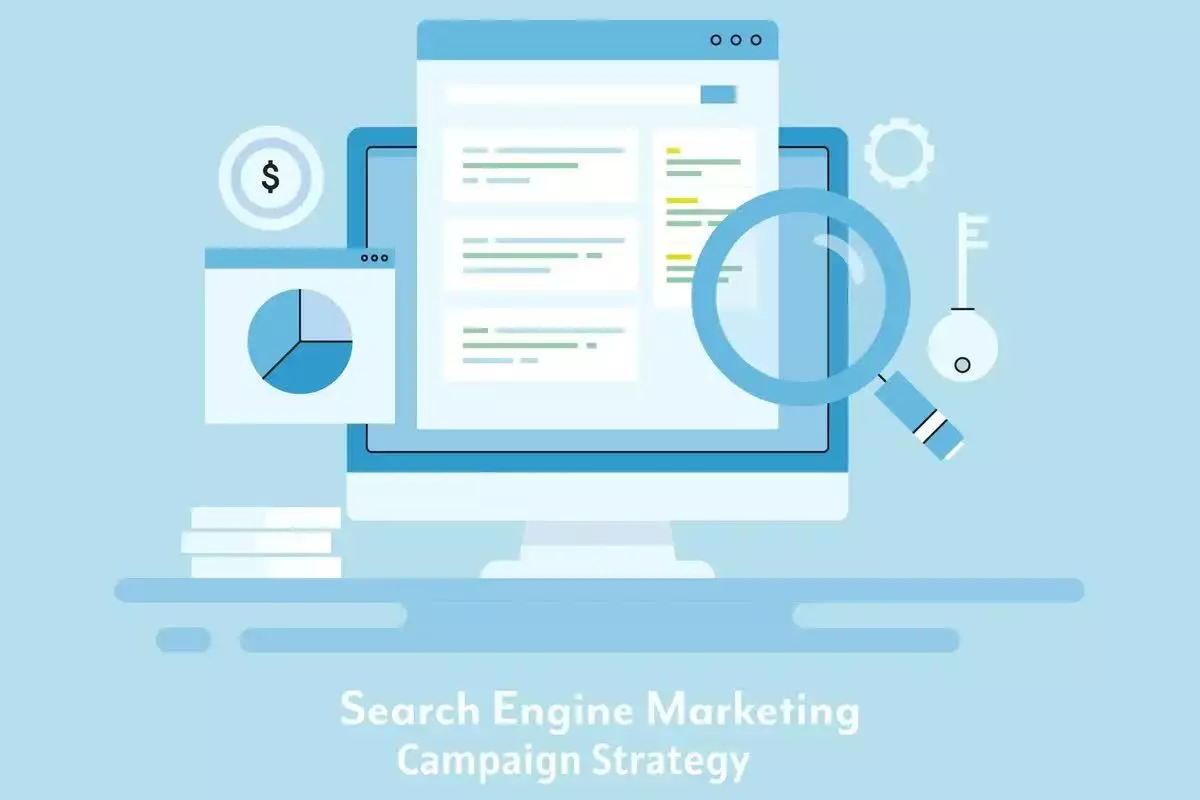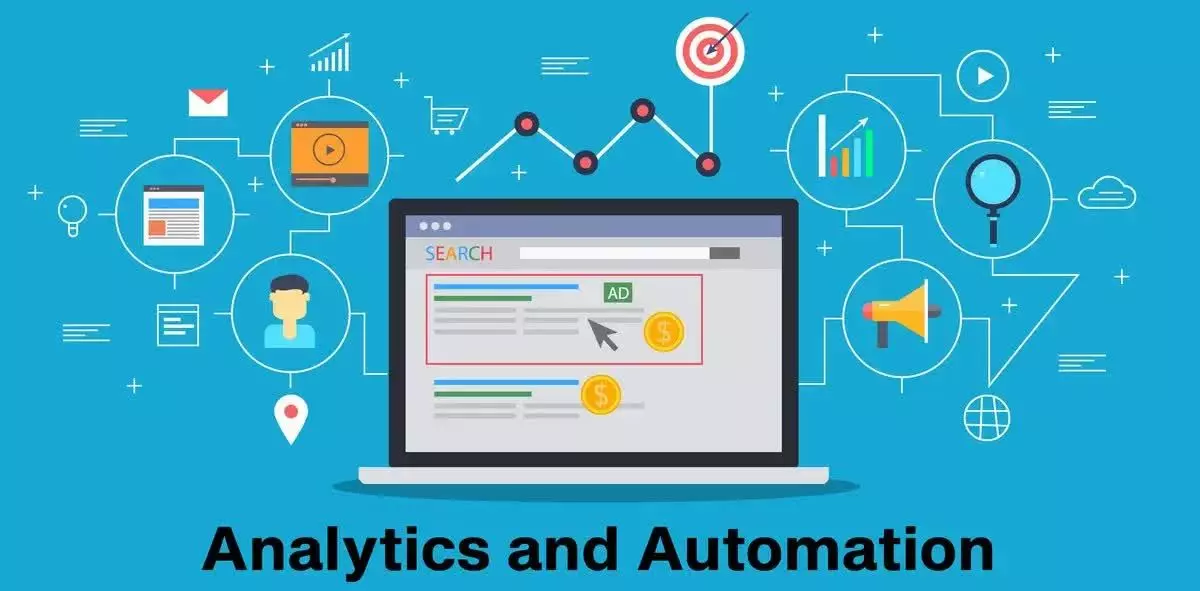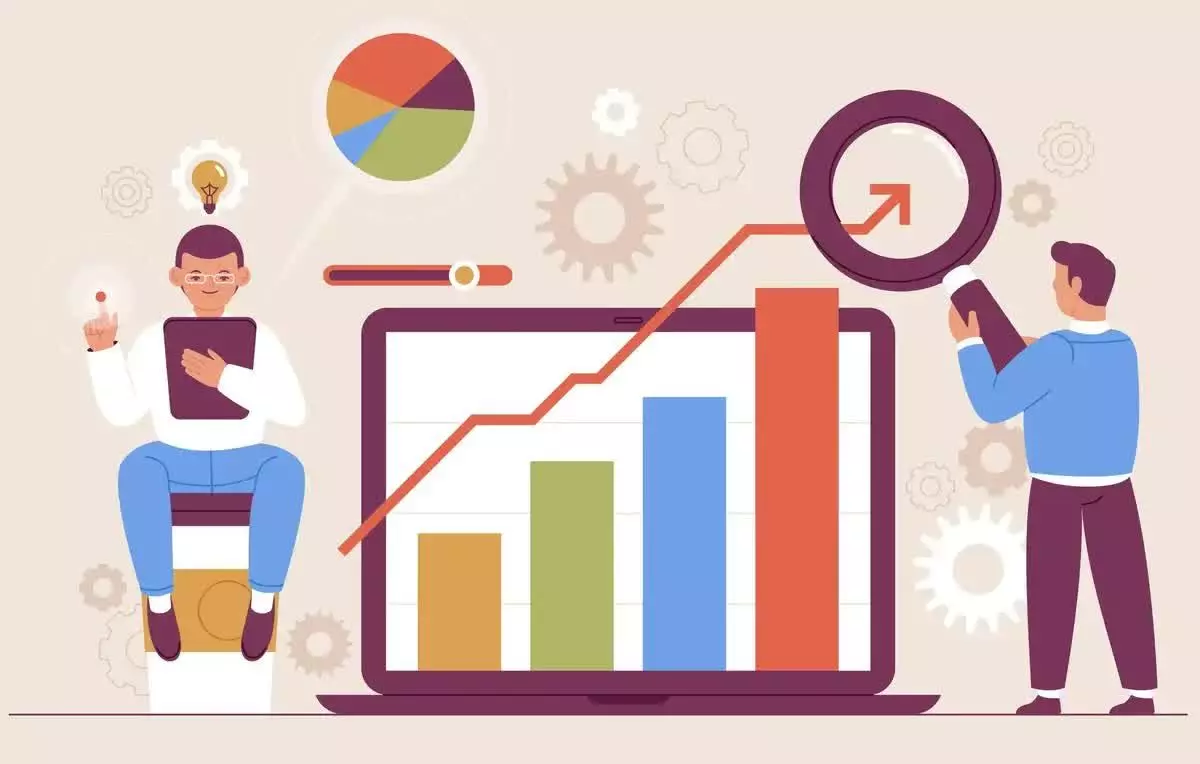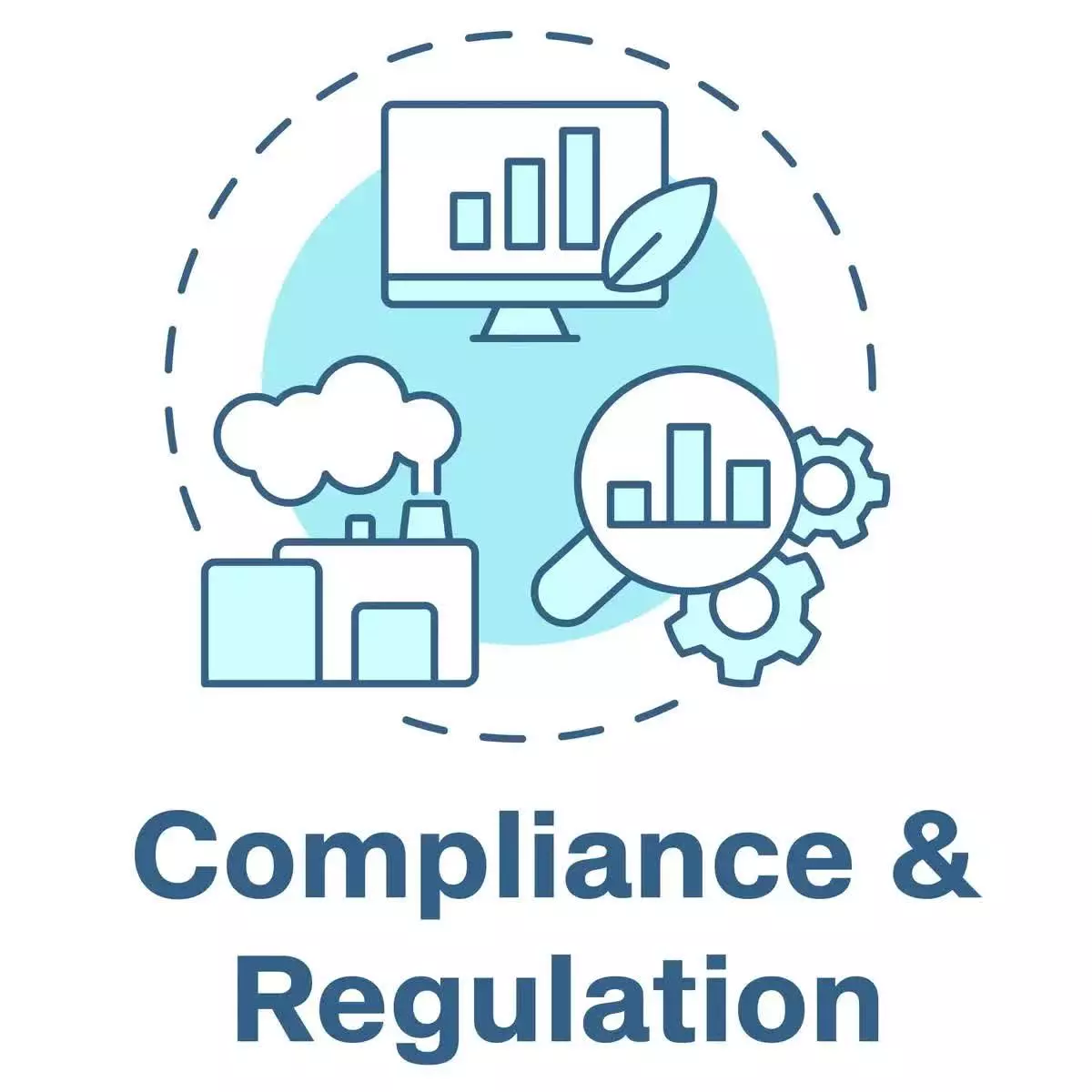Digital Marketing for Accountants in 2025: Proven Strategies for Accounting Firms
Digital marketing for accountants refers to using online platforms and technologies to promote accounting services. In the digital age, accounting firms must have a strong online presence and engage in effective digital marketing strategies to attract new clients and grow. Understanding the concept of digital marketing for accountants involves recognizing the value of online advertising, content creation, and social media marketing in reaching potential clients.
What is Digital Marketing for Accountants?
Understanding the Concept of Digital Marketing for Accountants
Digital marketing for accounting firms encompasses various online techniques and strategies aimed at promoting accounting services and attracting potential clients. It involves leveraging digital platforms and technologies, as part of a comprehensive digital marketing plan, to reach the target audience and establish a strong online presence for the many firms in the accounting industry.
Key Benefits of Digital Marketing for Accounting Firms
The key benefits include increased visibility, reaching a broader audience, and the ability to track and measure the effectiveness of marketing efforts. These benefits can lead to improved brand awareness, increased customer engagement, and a better understanding of customer behaviour and preferences. Additionally, digital marketing allows for more targeted and personalized messaging, leading to higher conversion rates and ROI. Overall, digital marketing can significantly impact a company’s bottom line and help achieve business goals effectively.
Challenges Faced in Implementing Digital Marketing for Accountants
Challenges may include standing out in a competitive digital landscape and staying updated with the evolving digital marketing trends. Some possible solutions to these challenges may include:
1. Creating unique and engaging content that resonates with your target audience is an essential marketing tactic for firms looking to grow.
2. Digital marketing tactics include utilizing data and analytics to track and adjust as per emerging digital marketing trends.
3. Building a strong online presence through social media, search engine optimization, and other digital marketing channels.
4. Invest in ongoing education and training to stay informed on the latest digital marketing strategies and technologies.
5. Collaborating with influencers and other industry leaders to expand your reach and visibility in the digital space.
Essential Components of a Successful Digital Marketing Strategy
A successful digital marketing strategy requires a combination of essential components. SEO and SEM are crucial for ensuring visibility and driving traffic to a website. Content creation and content marketing are essential for engaging and educating the audience. Social media marketing and advertising are important for building brand awareness and reaching potential customers. Good design and web development are necessary for creating a user-friendly and visually appealing online presence. Email marketing is effective for nurturing leads and maintaining customer relationships. Lastly, lead generation is important for capturing potential customers and turning them into paying clients. By combining these essential components, a digital marketing strategy can effectively attract, engage, and convert target audiences, ultimately leading to business growth and success in the online space.
Emerging Trends in the Digital Age for Marketing Accounting Firms
Emerging trends include the increasing use of video content, personalized marketing, and the integration of artificial intelligence in marketing efforts.
1. Video Content: With the rise of social media platforms like TikTok and the popularity of YouTube, video content has become a key component of marketing strategies. Brands are leveraging video content to engage with their audience, tell their story, and showcase their products or services.
2. Personalized Marketing: Consumers are demanding more personalized experiences from brands, and marketers are responding by creating tailored content and experiences such as social media posts. Personalized marketing allows brands to connect with their audience on a deeper level, improving customer satisfaction and loyalty.
3. Artificial Intelligence (AI) IntegrationAI is revolutionizing the way marketers understand and engage with their audience, further emphasizing the need for a robust digital marketing plan in a firm. From predictive analytics to chatbots to personalized recommendations, AI is helping marketers deliver relevant and timely content to their audience.
Overall, emerging trends are shaping the future of marketing, impacting how brands connect with their audience and drive business results. As technology continues to evolve, marketers will need to adapt and embrace these trends to stay competitive in the market.
How Can Accountants Leverage Digital Marketing Strategies?
 Implementing Content Marketing for Accounting Firms
Implementing Content Marketing for Accounting Firms
Creating valuable and informative content, such as blog posts and articles, to engage with potential clients and establish authority in the accounting industry. The accounting industry is constantly evolving, and potential clients are always seeking information and guidance on various financial topics. By creating valuable and informative content through blog posts and articles, accounting professionals can engage with potential clients and establish authority in the industry.
Effectiveness of Email Marketing in the Accounting Industry
Email marketing has proven to be an effective tool for businesses in the accounting industry. With the ability to reach a wide audience at a relatively low cost, email marketing allows accounting firms to promote their services, share industry insights, and communicate important updates to clients. By utilizing targeted email campaigns, firms can personalize their messages and tailor them for specific client needs, enhancing the likelihood of engagement and conversion, which aids to grow your firm. Additionally, email marketing allows for the tracking of key metrics such as open rates, click-through rates, and conversion rates, providing valuable insights into the effectiveness of each campaign. Furthermore, email marketing can also be used to establish thought leadership and build trust with clients by sharing valuable content and expertise. Overall, email marketing has proven to be a valuable tool for accounting firms to connect with current clients and attract new business.
Developing an Online Marketing Plan for Accounting Firms
Developing an online marketing plan for accounting firms is crucial in today’s digital age. Accounting firms need to establish a strong online presence to reach potential clients and compete in the market. The plan should include strategies for search engine optimization (SEO) to increase visibility in search results, content marketing to showcase expertise and build trust with the audience, social media marketing to engage with followers and promote services, and pay-per-click advertising to drive targeted traffic to the website. It’s important to analyze the firm’s target market, set clear goals, and regularly track and measure the success of online marketing efforts to ensure a strong return on investment.
Utilizing Social Media Marketing for Accounting Services
In today’s digital age, utilizing social media marketing for accounting services is essential for reaching potential clients and building a strong online presence. Platforms like LinkedIn, X (formerly known as Twitter), and Facebook provide the perfect opportunity to engage with a target audience and showcase the expertise and services offered by accounting firms. By creating compelling content, such as industry insights, tax tips, and client success stories, accounting professionals can demonstrate their value and expertise while also establishing trust and credibility. Additionally, social media allows for targeted advertising to reach specific demographics of potential clients. Overall, integrating social media marketing tactics into a firm’s strategy can significantly enhance brand visibility and lead generation, helping to grow your firm.
Integrating SEO and Paid Advertising for Accounting Firms
Accounting firms must integrate both SEO and paid advertising strategies to maximize their online visibility and reach their target audience. By combining SEO techniques such as keyword optimization, content creation, and website optimization with paid advertising efforts like Google Ads and social media ads, accounting firms can increase their online presence and drive more qualified traffic to their website. This integrated approach allows firms to not only improve their organic search rankings but also target specific demographics and geographic areas through paid advertising, ultimately leading to increased leads and new clients. By leveraging both SEO and paid advertising, accounting firms can effectively enhance their online presence and attract more potential clients.
What are the Best Marketing Strategies for Accounting Firms?
 Formulating a Comprehensive Marketing Plan for Accounting Services
Formulating a Comprehensive Marketing Plan for Accounting Services
Formulating a comprehensive marketing plan for accounting services involves understanding the target market and identifying key differentiators to leverage. To market an accounting firm effectively, researching the competition and analyzing market trends are crucial steps in developing solid marketing strategies. It’s important to establish clear goals for the marketing plan, such as increasing brand awareness, generating leads, or expanding into new markets. Utilizing a variety of marketing channels, from digital and social media to networking events and partnerships, will help maximize reach and engagement with potential clients. Regularly evaluating the plan’s effectiveness and making adjustments as needed is essential for long-term success.
Identifying the Target Audience for Accounting Firm Marketing
In identifying the target audience for accounting firm marketing, it’s critical to consider demographic factors such as age, income level, and location, as well as considering the content you create. Additionally, understanding the specific needs and pain points of potential clients in different industries, such as healthcare or technology, can help tailor marketing efforts to effectively reach those audiences. Targeting small businesses with specific accounting needs or individual professionals looking for tax services can also guide the marketing strategy. Identifying the target audience allows the accounting firm to create personalized and relevant messaging that resonates with potential clients.
Effective Social Media Strategies for Marketing Accounting Firms
In today’s digital age, accounting firms can greatly benefit from implementing effective social media strategies for marketing. By creating engaging and informative content, such as industry insights, tips for financial planning, and updates on tax laws, accounting firms can establish themselves as thought leaders in the field. Utilizing targeted advertising and leveraging platforms like LinkedIn and Twitter can help reach potential clients who need accounting services. Additionally, actively engaging with followers by responding to inquiries and comments can build trust and credibility for the firm.
Utilizing LinkedIn for Marketing Efforts in the Accounting Industry
LinkedIn can be a powerful tool for marketing efforts in the accounting industry. By leveraging LinkedIn’s professional network, accounting professionals can connect with industry leaders, share insights, and promote their services to a more professional audience. This platform allows for targeted industry networking and sharing of industry-specific content, which can help in building credibility and trust among potential clients. With the ability to join groups and engage in discussions, LinkedIn provides ample opportunities for accounting professionals to establish themselves as thought leaders in the industry while promoting their accounting services.
Attracting New Clients through Successful Digital Marketing Campaigns
Successful digital marketing campaigns are key to attracting clients and helping many accounting firms grow. With the right use of social media, search engine optimization, and targeted advertising, businesses can effectively reach and engage their target audience. By maintaining an active online presence and providing valuable content, companies can establish trust and credibility with potential clients. Additionally, utilizing data analytics and tracking customer behaviour can help tailor marketing strategies to better attract and convert new clients. Overall, digital marketing campaigns play a vital role in driving new client acquisition and business growth in the modern landscape.
How to Establish a Strong Online Presence for Accounting Firms?
 Developing Engaging and Informative Marketing Content
Developing Engaging and Informative Marketing Content
Effective marketing content should be both engaging and informative to capture the attention of the target audience and drive them to take action. To achieve this, it is essential to understand the desires and pain points of the audience, and then provide them with valuable and compelling information. By creating content that is both entertaining and educational, businesses can establish themselves as industry leaders and build trust with their customers. Whether it’s through blog posts, videos, social media, or other channels, developing engaging and informative marketing content is key to attracting and retaining a loyal customer base.
Implementing Inbound Marketing Strategies for Accounting Services
Implementing inbound marketing strategies for accounting services can help to attract potential clients and build trust with existing ones. Content marketing, such as creating educational blog posts and webinars, can showcase expertise and provide valuable information to prospects. Utilizing search engine optimization (SEO) and social media can also increase visibility and drive traffic to an accounting firm’s website. By providing helpful resources and positioning the firm as a thought leader, inbound marketing can ultimately lead to more clients and increased revenue.
Optimizing Content for Search Engines and Keywords
Optimizing content for search engines and keywords is essential for improving the online visibility of a website. By strategically incorporating relevant keywords into the content, it becomes easier for search engine algorithms to index and rank the page. This can increase the chances of the website appearing higher in search engine results, driving more organic traffic. Additionally, optimizing content for search engines can also improve the user experience, as it helps users find the information they are looking for more easily.
Utilizing Digital Marketing to Grow Your Accounting Firm
In the digital age, utilizing digital marketing strategies is crucial for growing your accounting firm, with marketing services playing a pivotal role. By leveraging social media, content marketing, and search engine optimization, you can amplify your online presence and attract potential clients, integral parts of a digital marketing plan to market an accounting firm. Digital marketing also allows you to target specific demographics and track the effectiveness of your efforts through analytics. Establishing a strong digital presence will not only help you stand out in a competitive market but also establish credibility and trust with potential clients.
Allocating Marketing Budgets for Various Online Advertising Channels
Allocating marketing budgets for various online advertising channels and digital marketing services requires careful consideration and analysis. It’s important to weigh the potential reach and effectiveness of each channel, as well as the specific target audience and goals of the campaign. Whether it’s social media, search engine marketing, display advertising, or email marketing, allocating the right amount of budget to each channel can maximize the impact and return on investment. Continuous monitoring and adjustment of budgets based on performance is essential for success in the competitive online advertising landscape.
What are the Common Pitfalls in Digital Marketing for Accountants?
 Comparing Digital Marketing to Traditional Marketing for CPA Firms
Comparing Digital Marketing to Traditional Marketing for CPA Firms
Digital marketing for CPA firms offers a more cost-effective and targeted approach compared to traditional marketing methods. With digital marketing, firms can reach their specific audience through online platforms and track the effectiveness of their campaigns in real-time. Additionally, digital marketing allows for personalized and interactive communication with potential clients, ultimately leading to higher conversion rates. Traditional marketing, on the other hand, relies on methods such as print ads and direct mail, which can be costly and less impactful in today’s digital age.
Overcoming Challenges in Implementing Successful Digital Marketing Strategies
Implementing successful digital marketing strategies can be challenging due to the rapidly changing landscape of technology and consumer behaviour. Overcoming these challenges requires a deep understanding of the target audience, consistent data analysis, and flexibility to adapt to new trends. It also requires a strong team with a diverse skill set and effective communication to ensure all elements of the strategy come together seamlessly. By staying proactive and open-minded, businesses can overcome these challenges and achieve their digital marketing goals.
Common Mistakes to Avoid in Marketing Your Accounting Services Online
When marketing your accounting services online, it’s important to avoid common mistakes such as not defining your target audience, failing to highlight your unique selling points, and neglecting to maintain a consistent and professional online presence. It’s also crucial to steer clear of using jargon that your potential clients may not understand, as well as neglecting to track and analyze the effectiveness of your marketing efforts. By avoiding these mistakes, you can increase your chances of effectively reaching and engaging with potential clients online.
Measuring the Effectiveness of Digital Marketing Efforts for Accounting Firms
Measuring the effectiveness of digital marketing efforts for accounting firms can be done through various key performance indicators (KPIs) such as website traffic, conversion rates, and online engagement. Tracking the number of leads generated from digital marketing campaigns and evaluating the return on investment (ROI) can also help in assessing the success of these efforts. Additionally, monitoring online reviews and client feedback can provide valuable insights into the impact of digital marketing on a firm’s reputation and client acquisition.
Identifying the Most Effective Marketing Methods for Your Accounting Firm
Identifying the most effective marketing methods for your accounting firm involves understanding your target audience and their preferred communication channels. Conducting market research and analyzing data from previous marketing campaigns can help determine which methods have yielded the most successful results. Utilizing a combination of digital marketing, networking events, and targeted advertising can help reach potential clients and establish a strong brand presence in the industry. Firms must continuously evaluate and adapt their marketing services and strategies to stay ahead of the competition and meet the evolving needs of their clients.
Conclusion
In the digital age, digital marketing services are essential for firms to effectively market an accounting firm and attract new clients. By implementing a comprehensive digital marketing strategy, leveraging various online channels and content, and adapting to emerging trends, accounting firms can establish a strong online presence and achieve business growth.
 Singapore
Singapore  Singapore
Singapore Malaysia
Malaysia



 Implementing Content Marketing for Accounting Firms
Implementing Content Marketing for Accounting Firms Formulating a Comprehensive Marketing Plan for Accounting Services
Formulating a Comprehensive Marketing Plan for Accounting Services Developing Engaging and Informative Marketing Content
Developing Engaging and Informative Marketing Content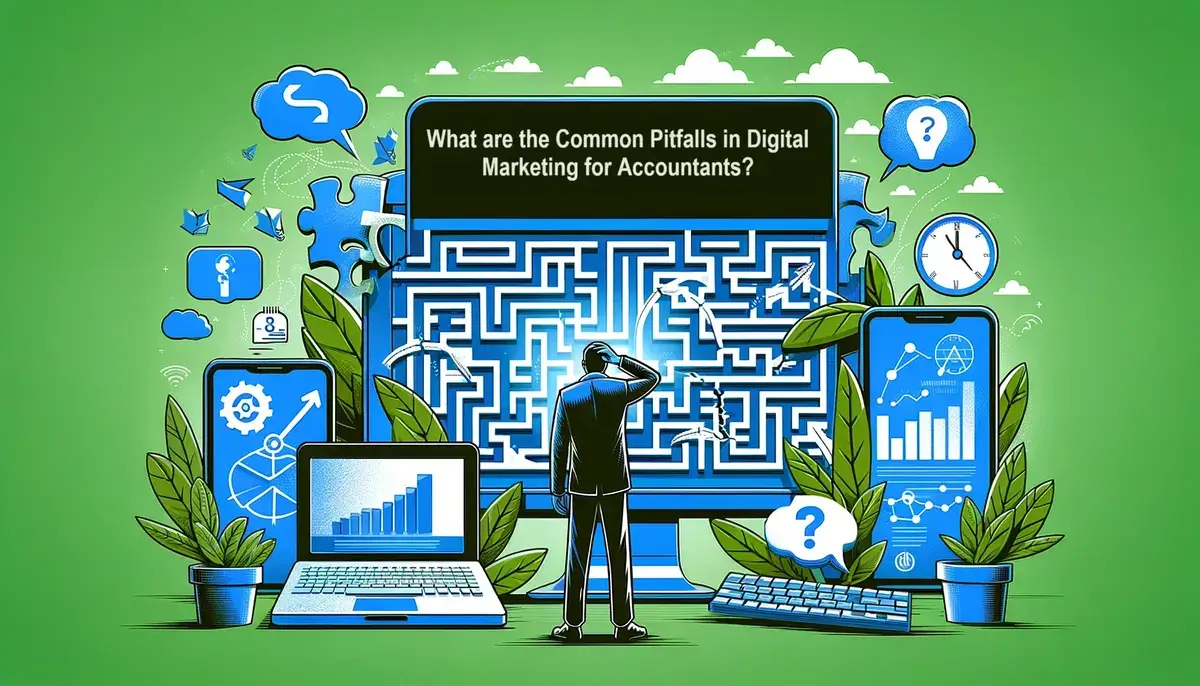 Comparing Digital Marketing to Traditional Marketing for CPA Firms
Comparing Digital Marketing to Traditional Marketing for CPA Firms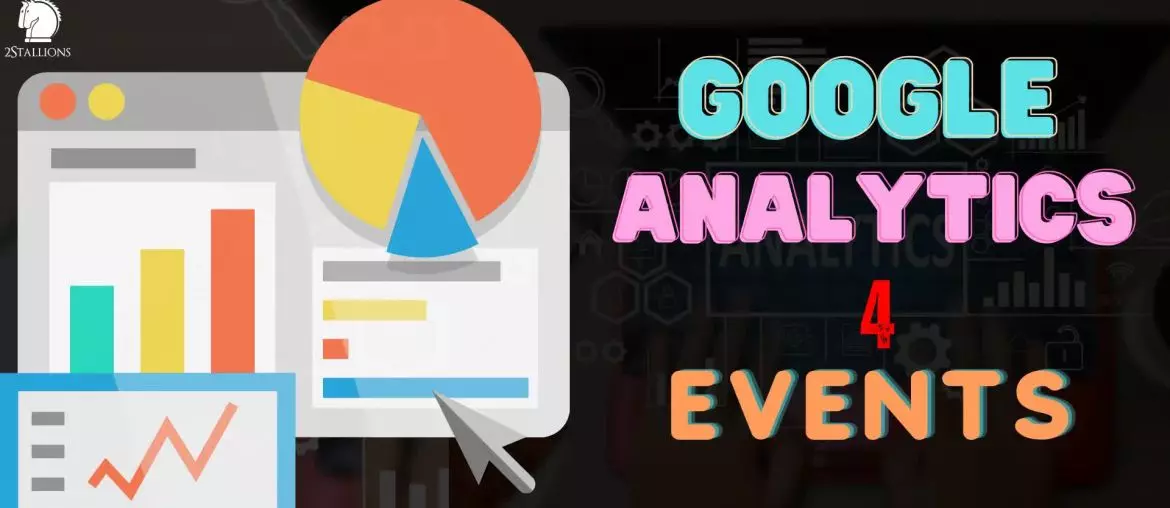
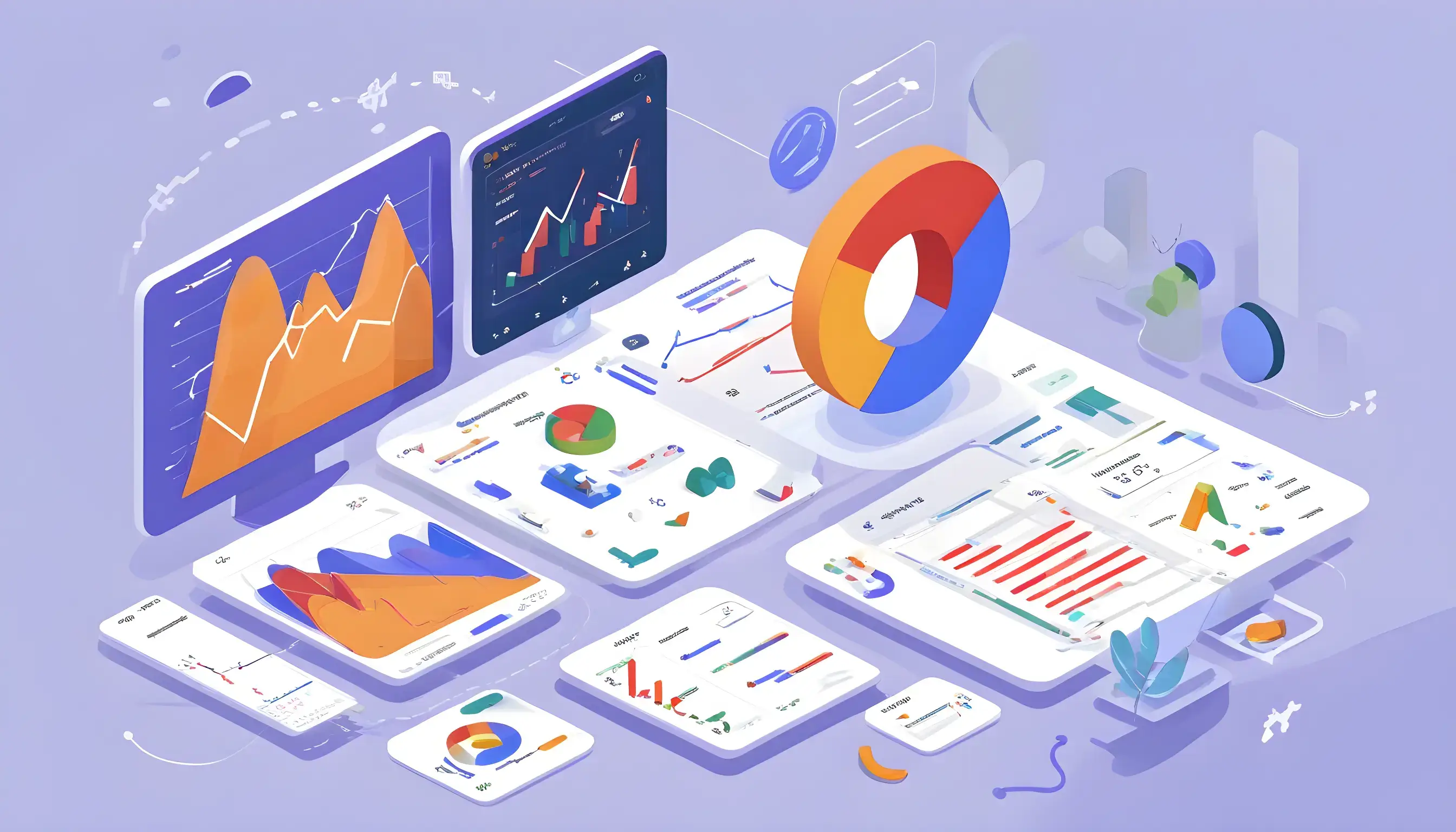
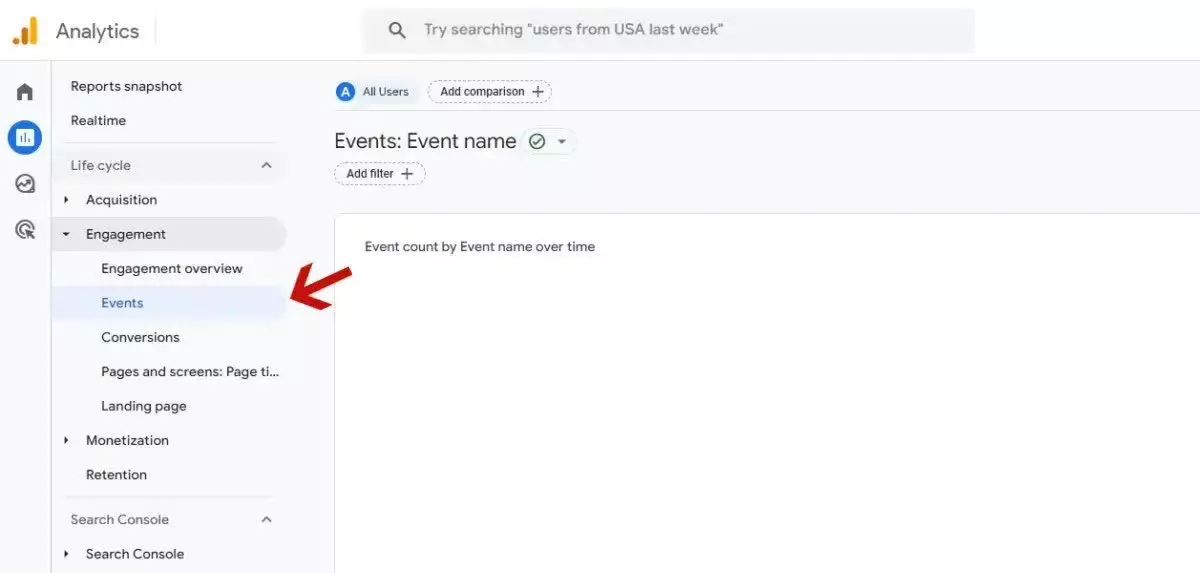

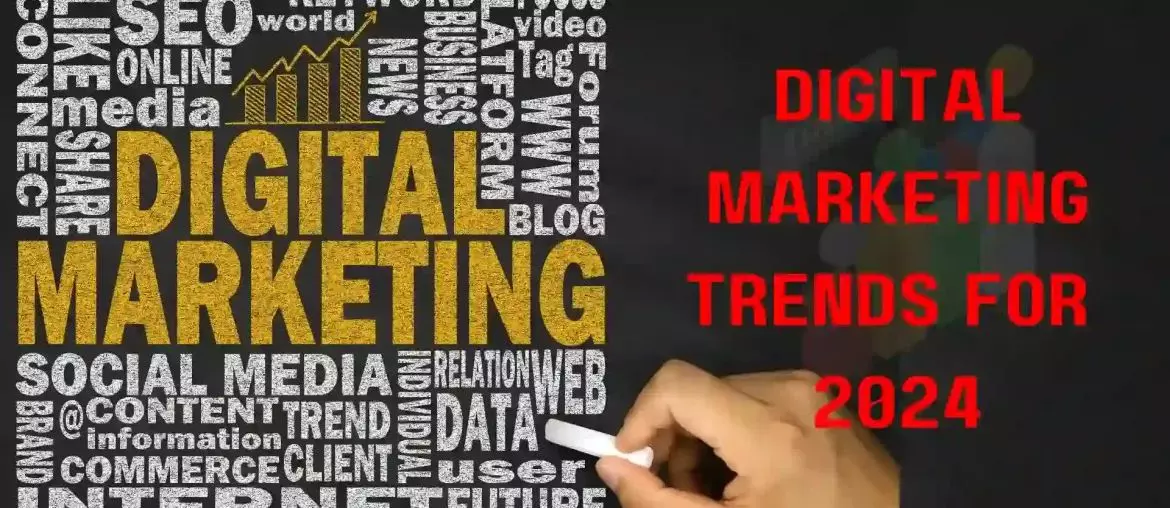

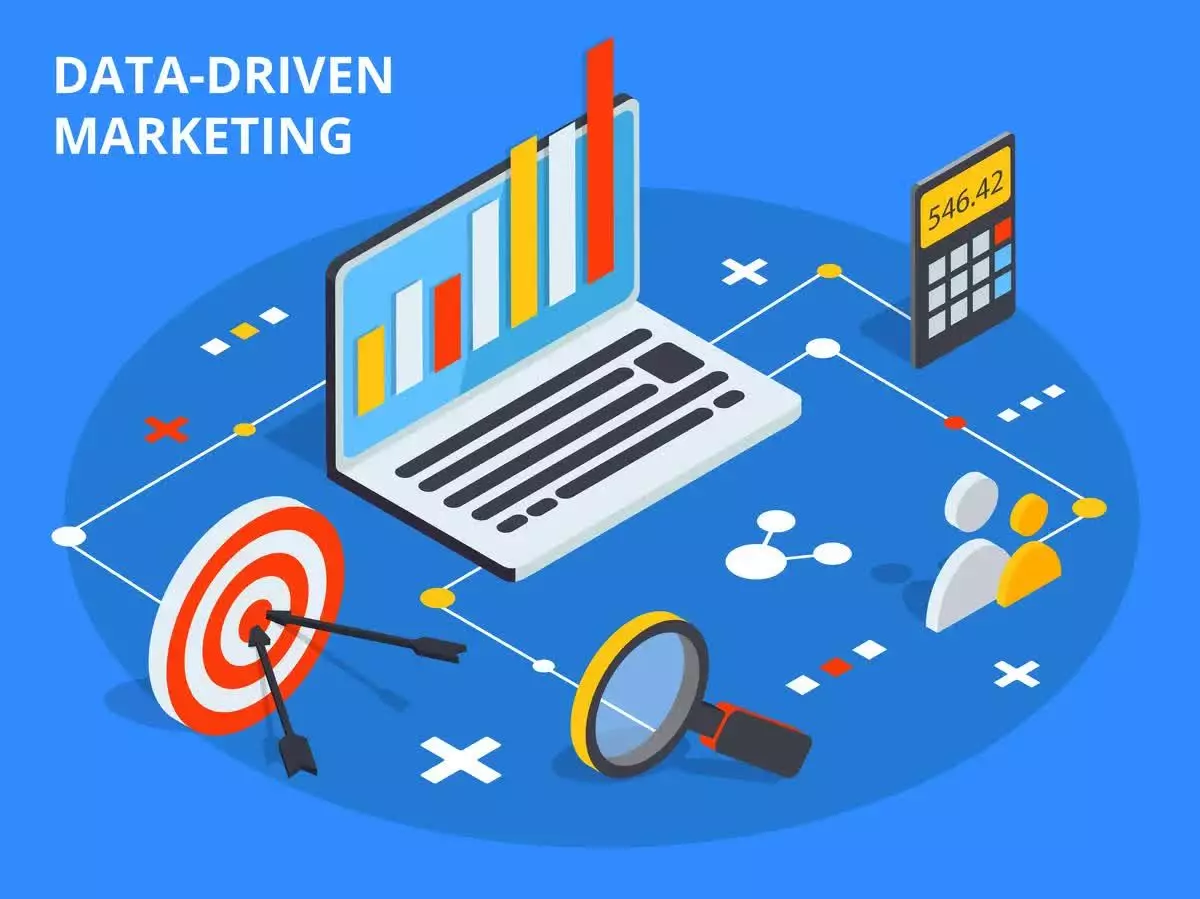

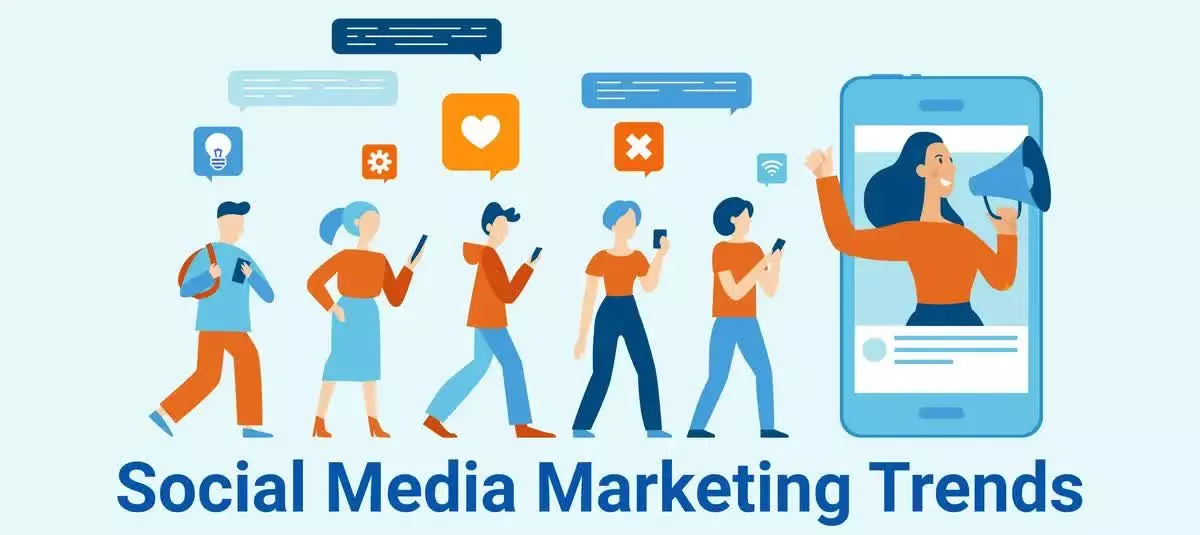



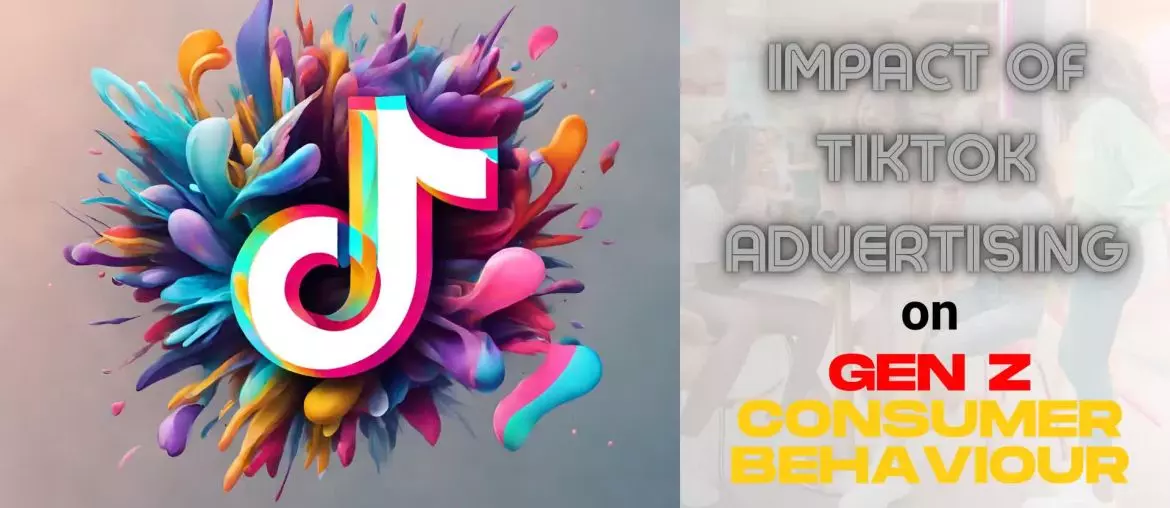

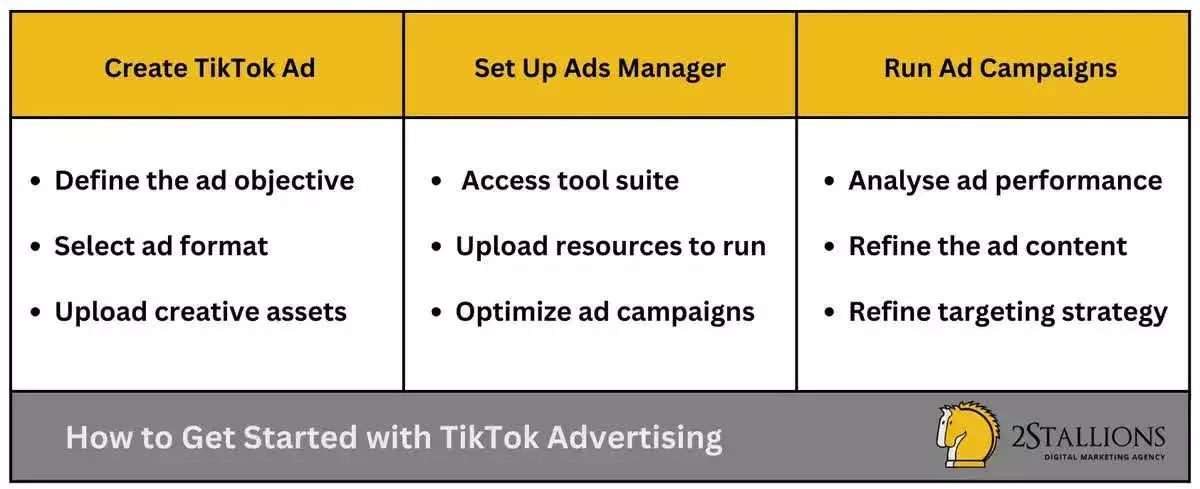

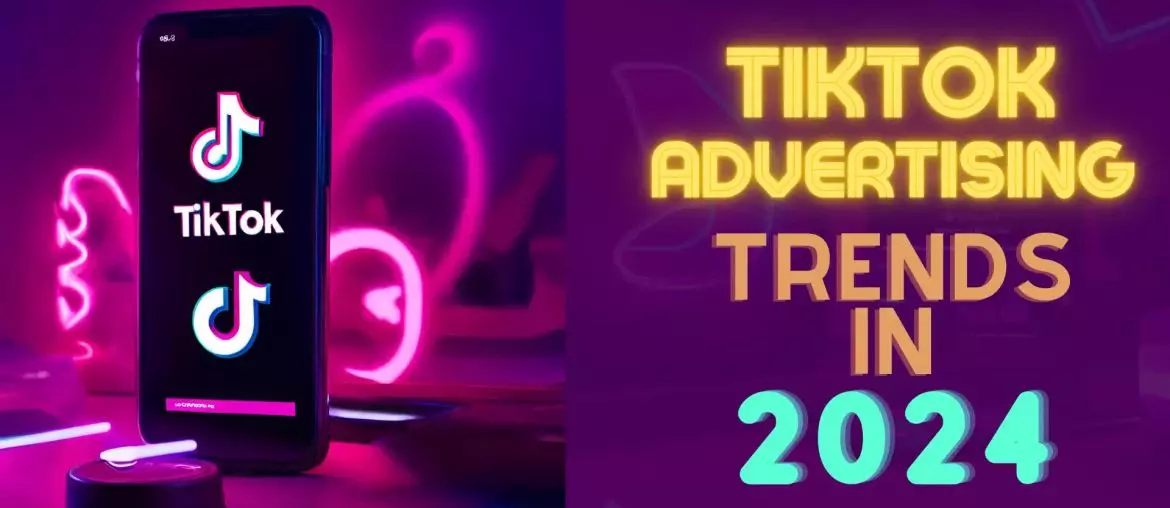

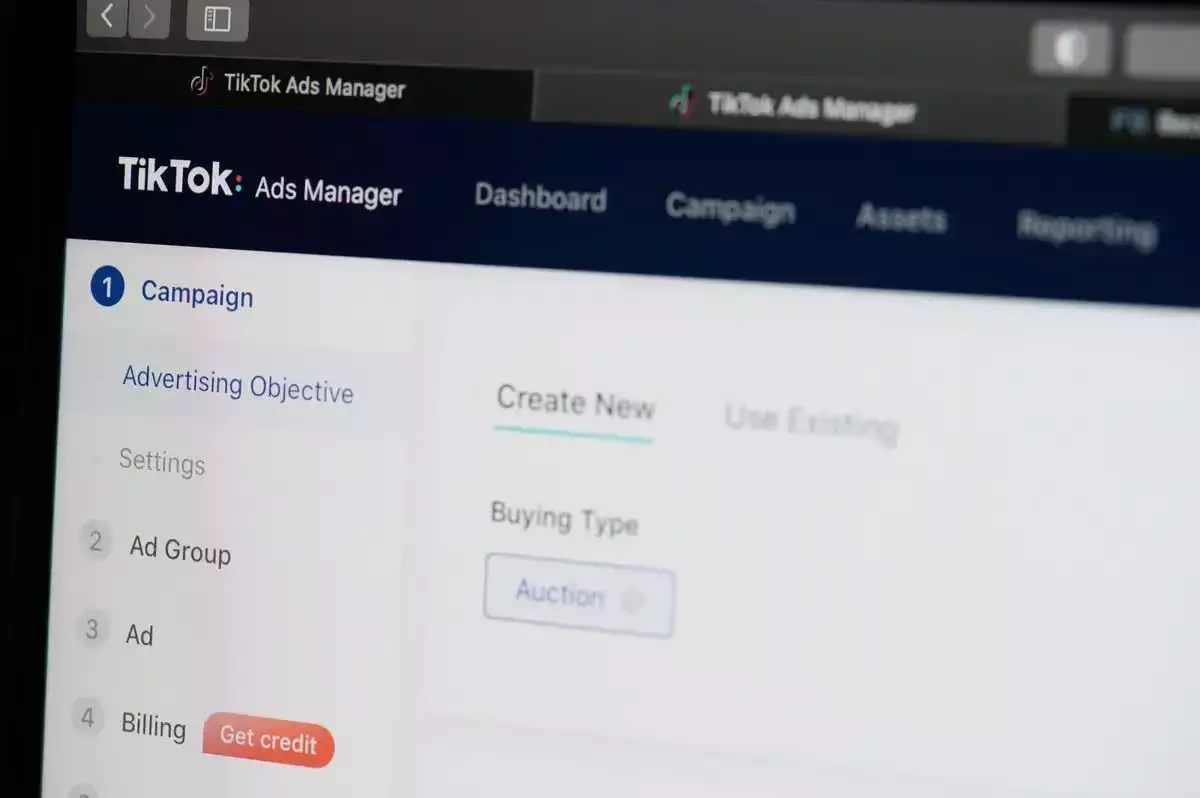
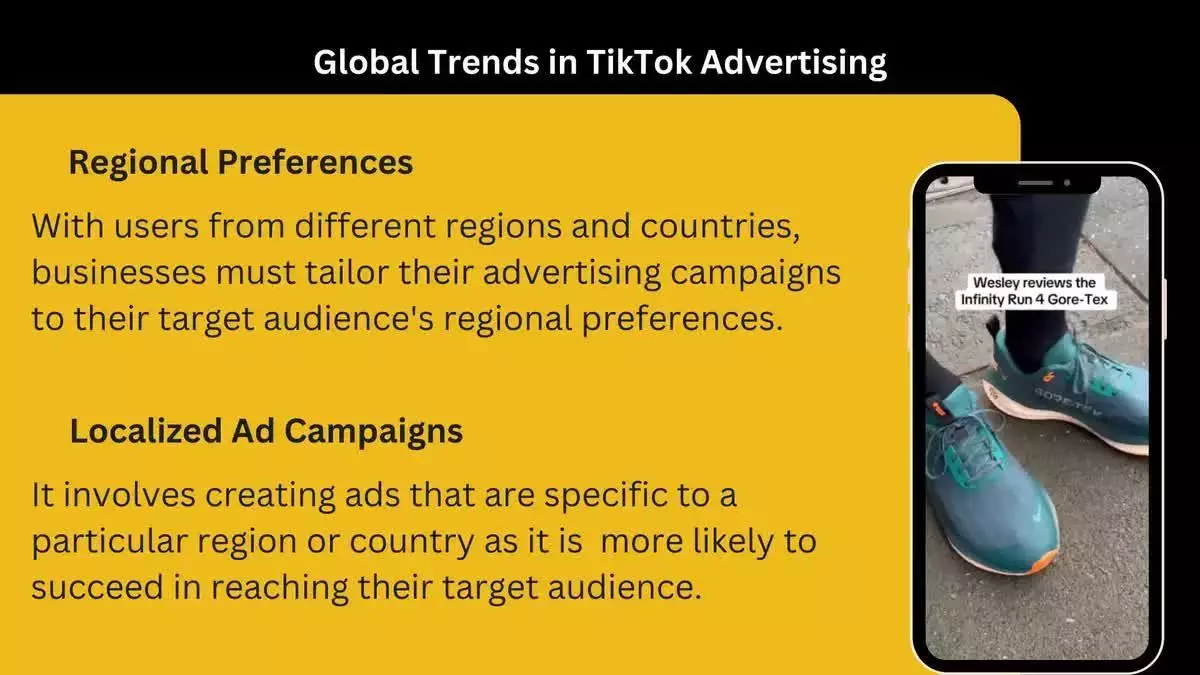
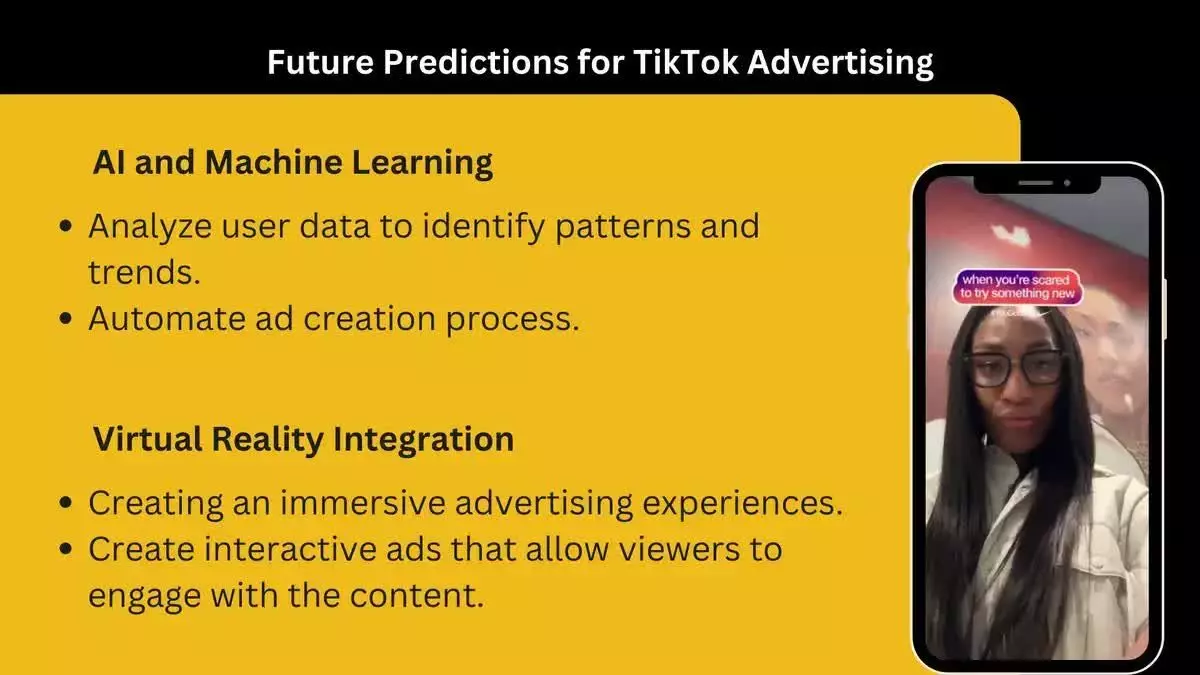
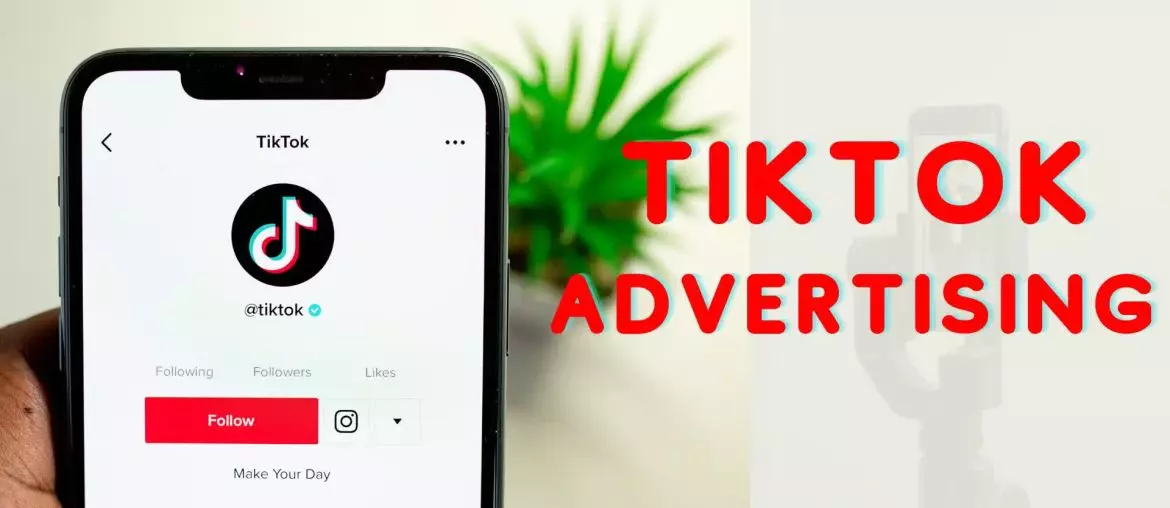
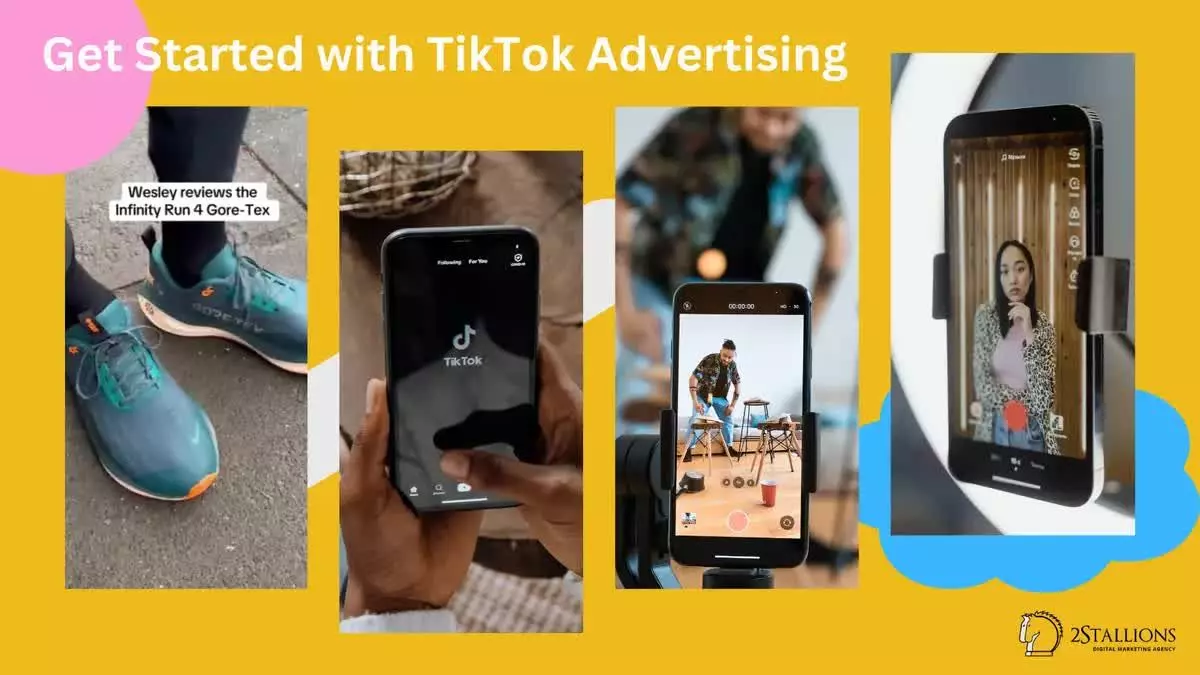
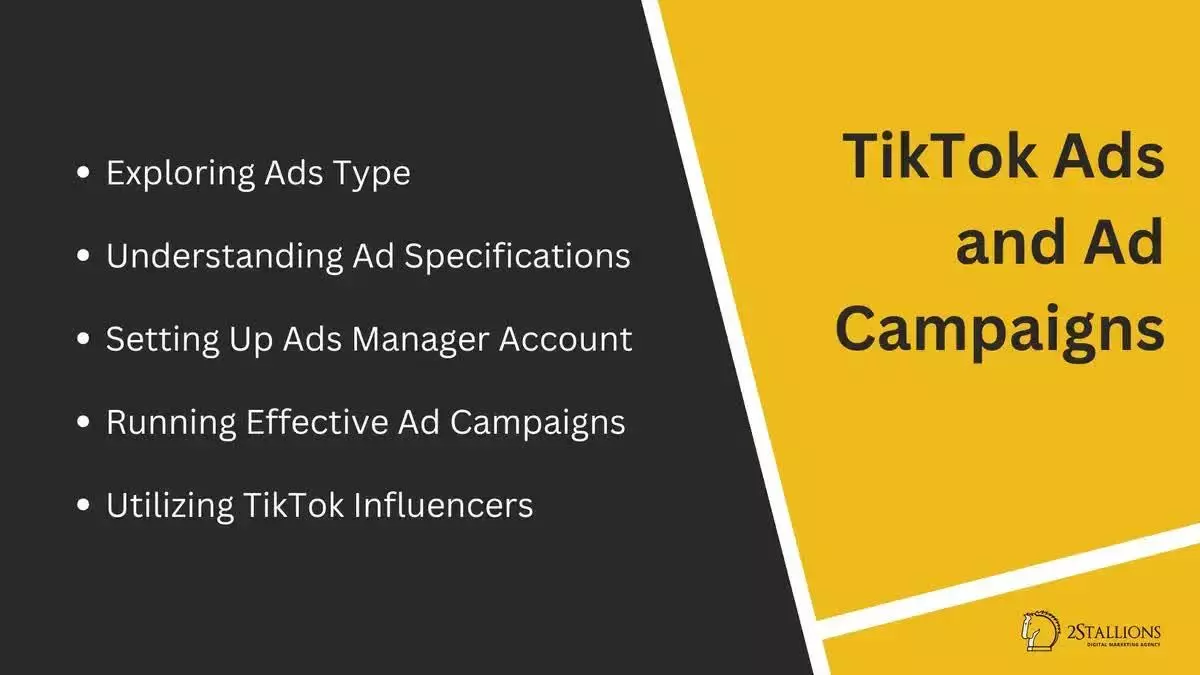
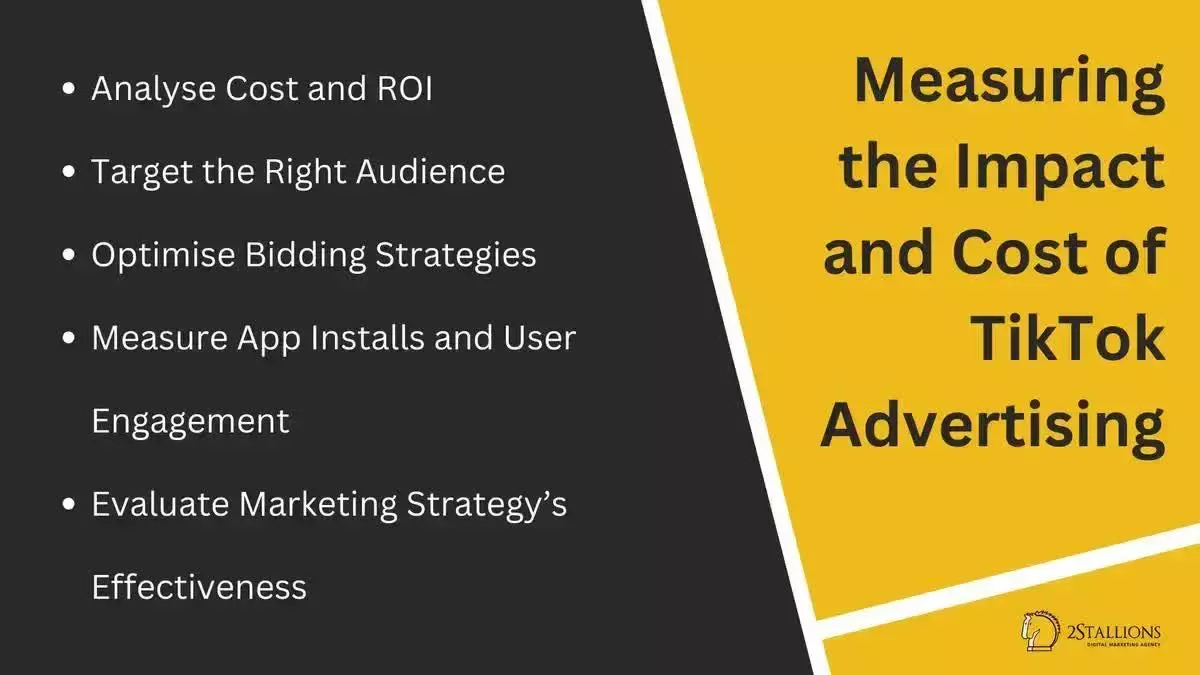
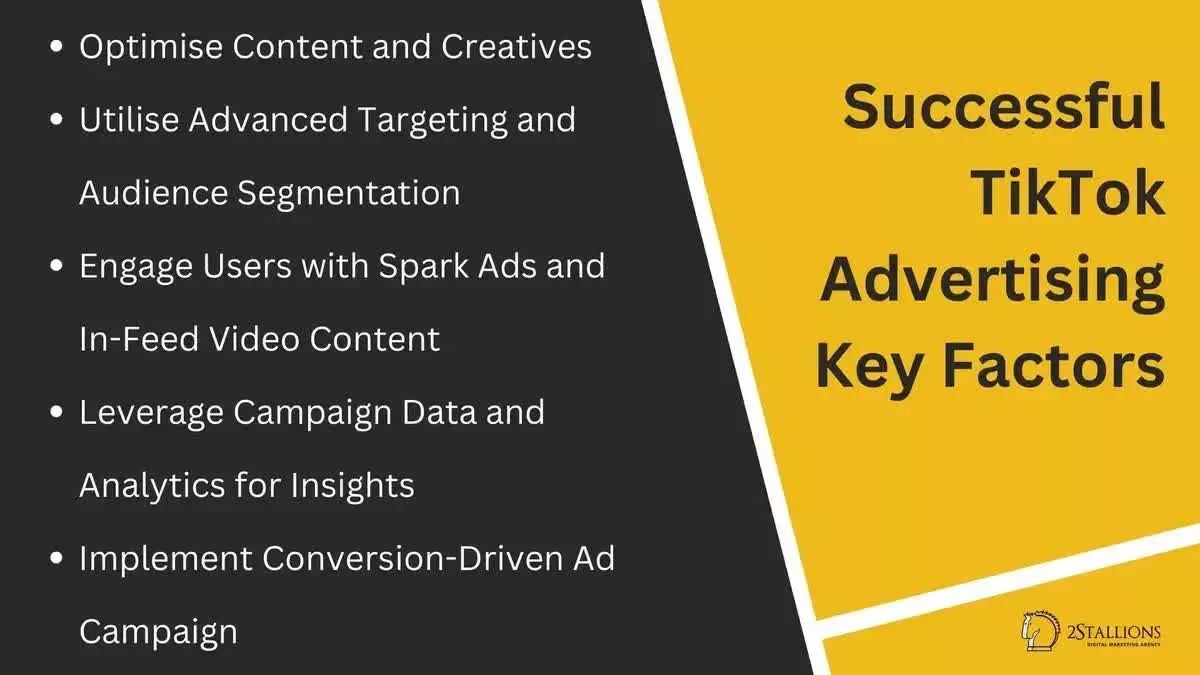

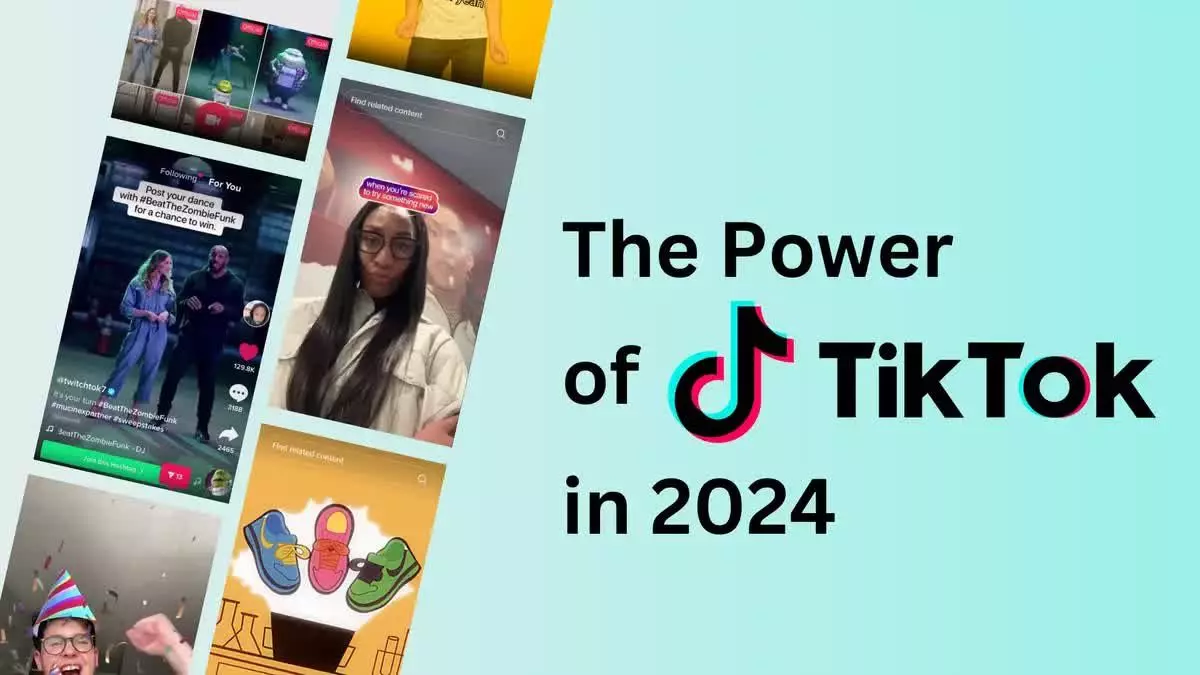

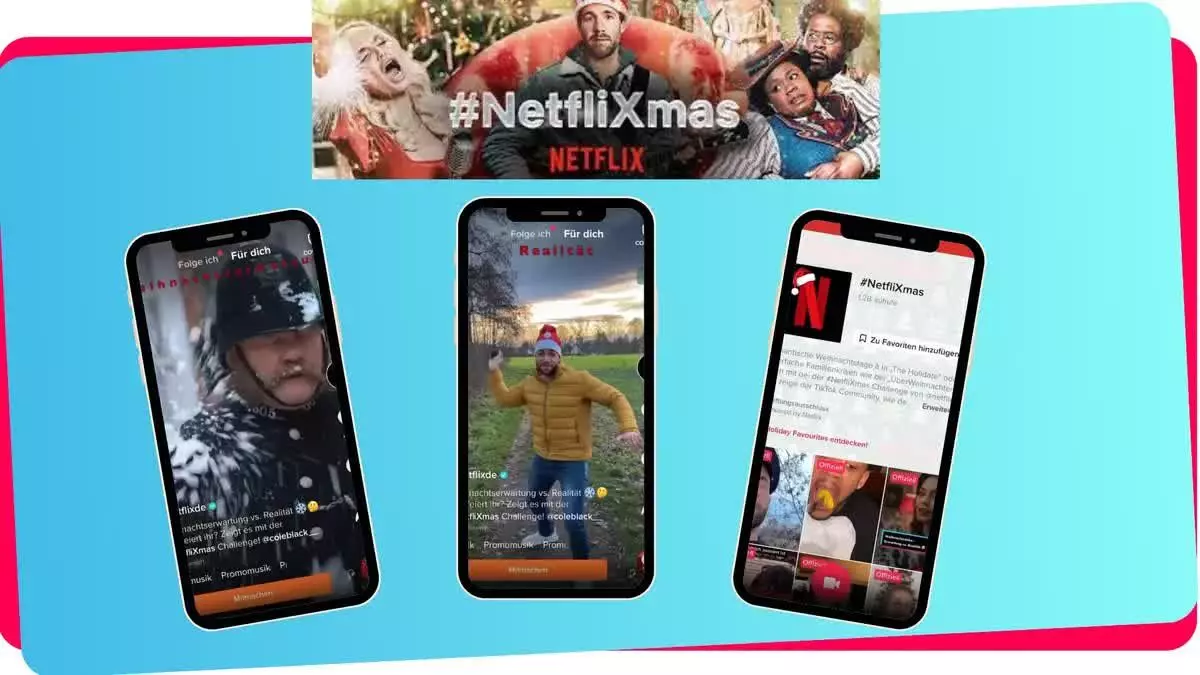



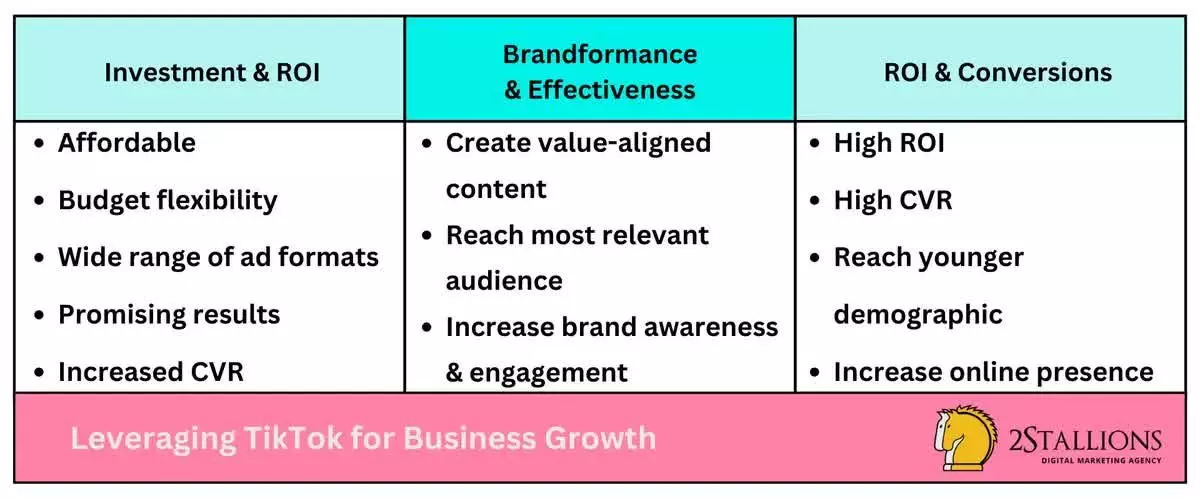
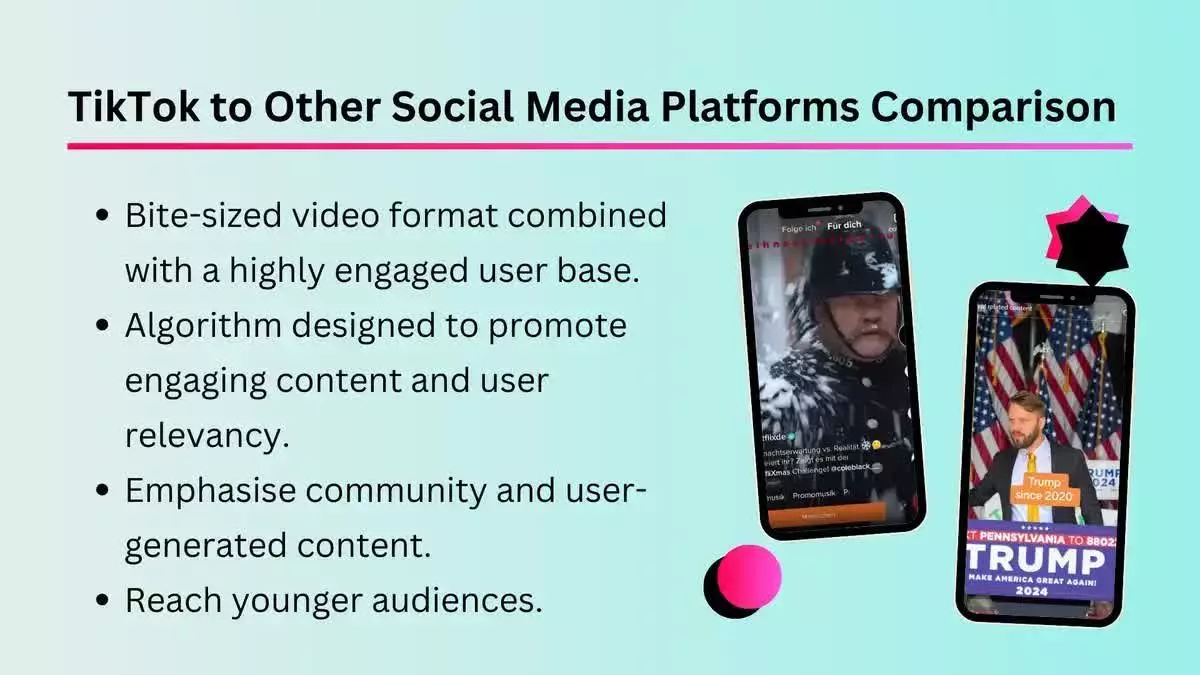
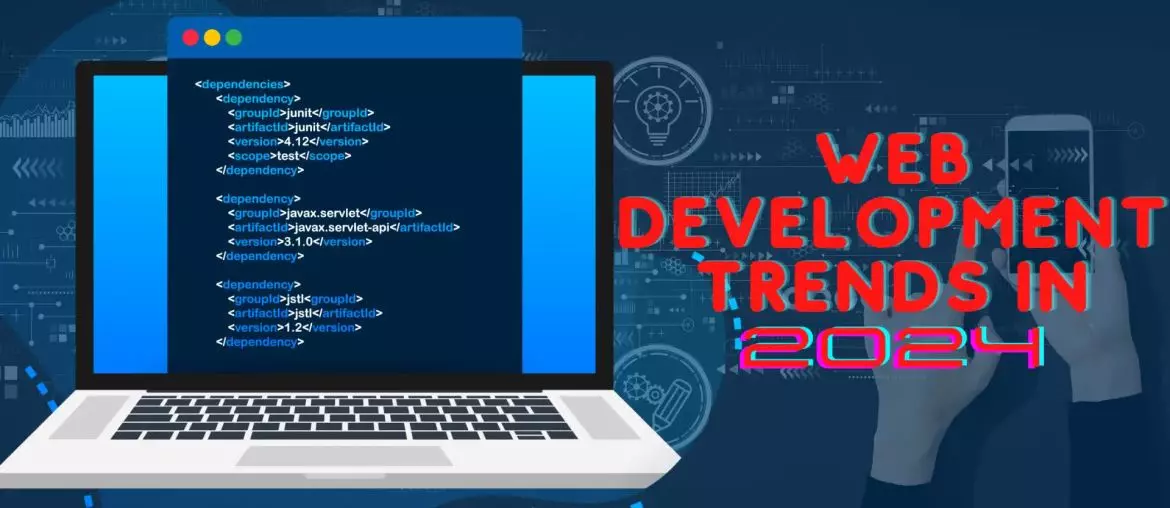


 In 2025, mobile-first
In 2025, mobile-first 


 As the use of voice assistants and chatbots continues to grow, web developers are increasingly focusing on creating conversational interfaces that can understand and respond to natural language. In 2025, this trend is expected to continue, with more websites and web applications incorporating voice and conversational UI.
As the use of voice assistants and chatbots continues to grow, web developers are increasingly focusing on creating conversational interfaces that can understand and respond to natural language. In 2025, this trend is expected to continue, with more websites and web applications incorporating voice and conversational UI.

